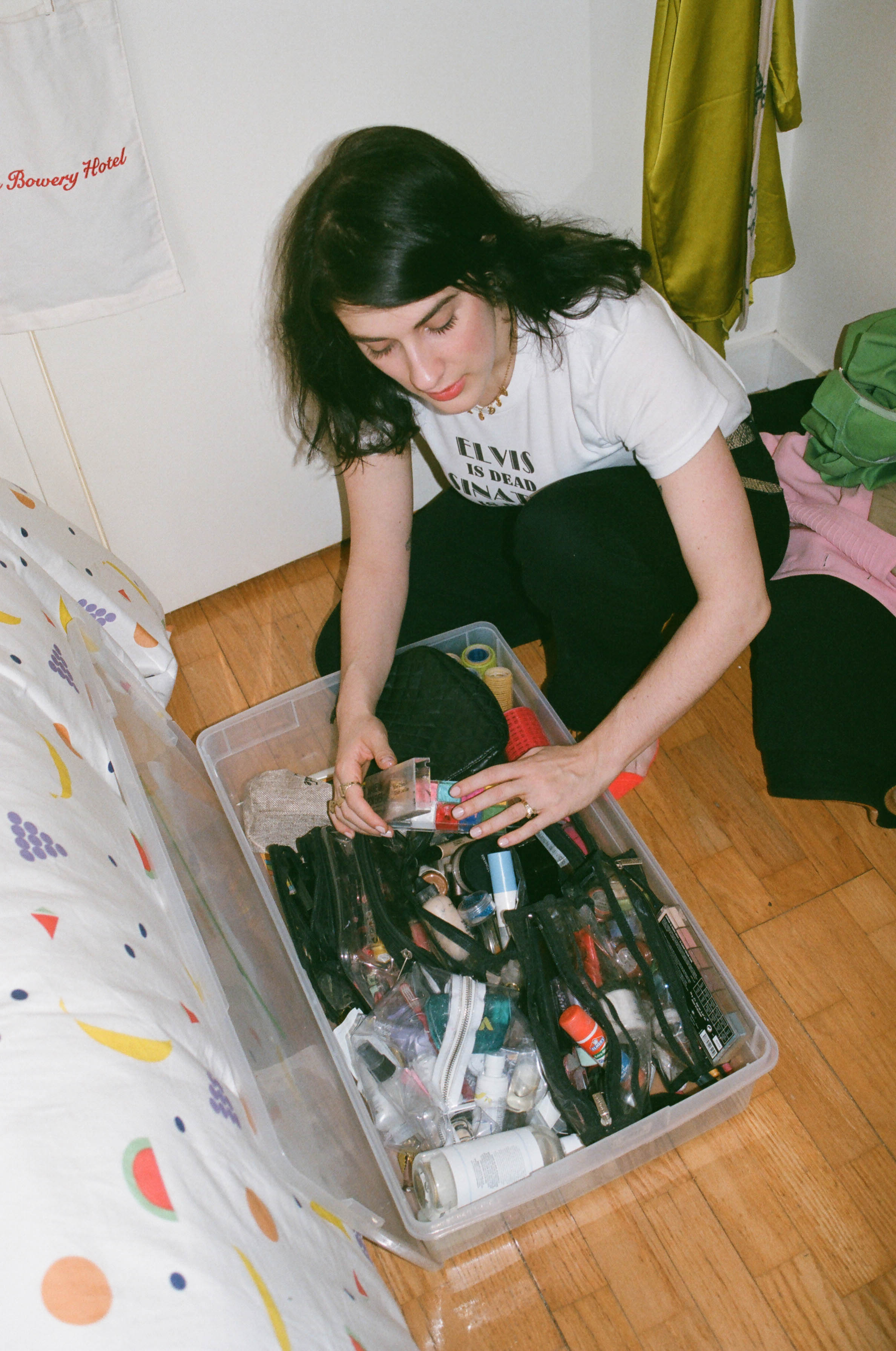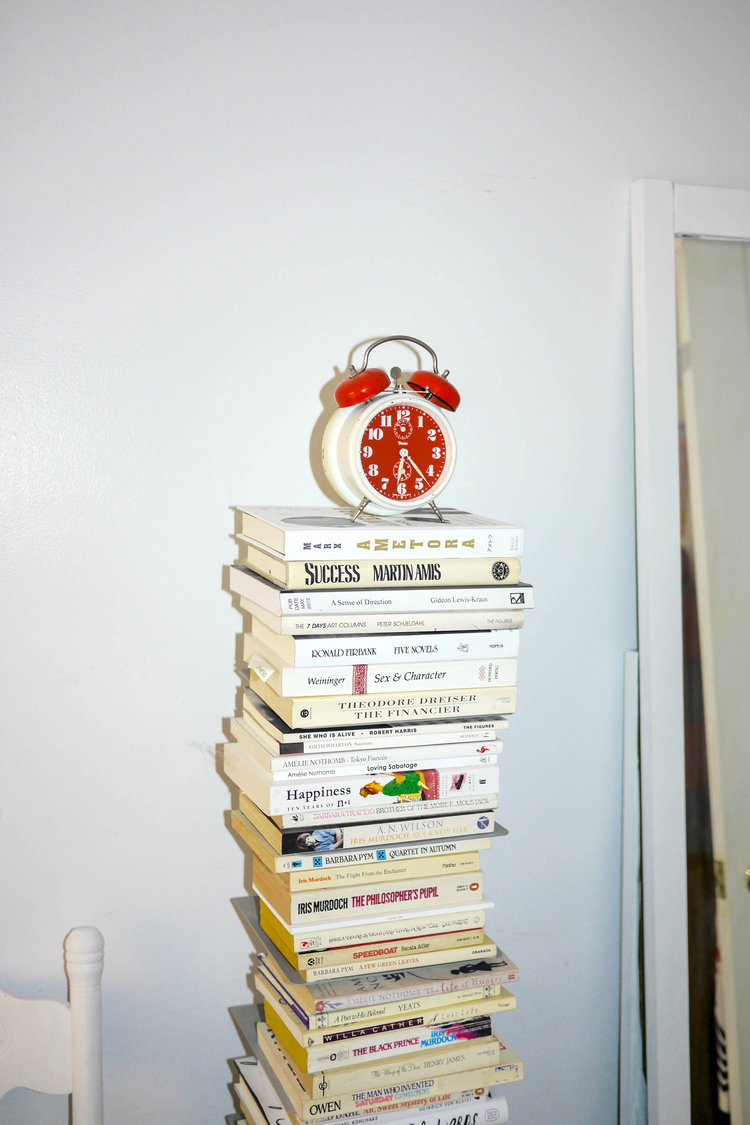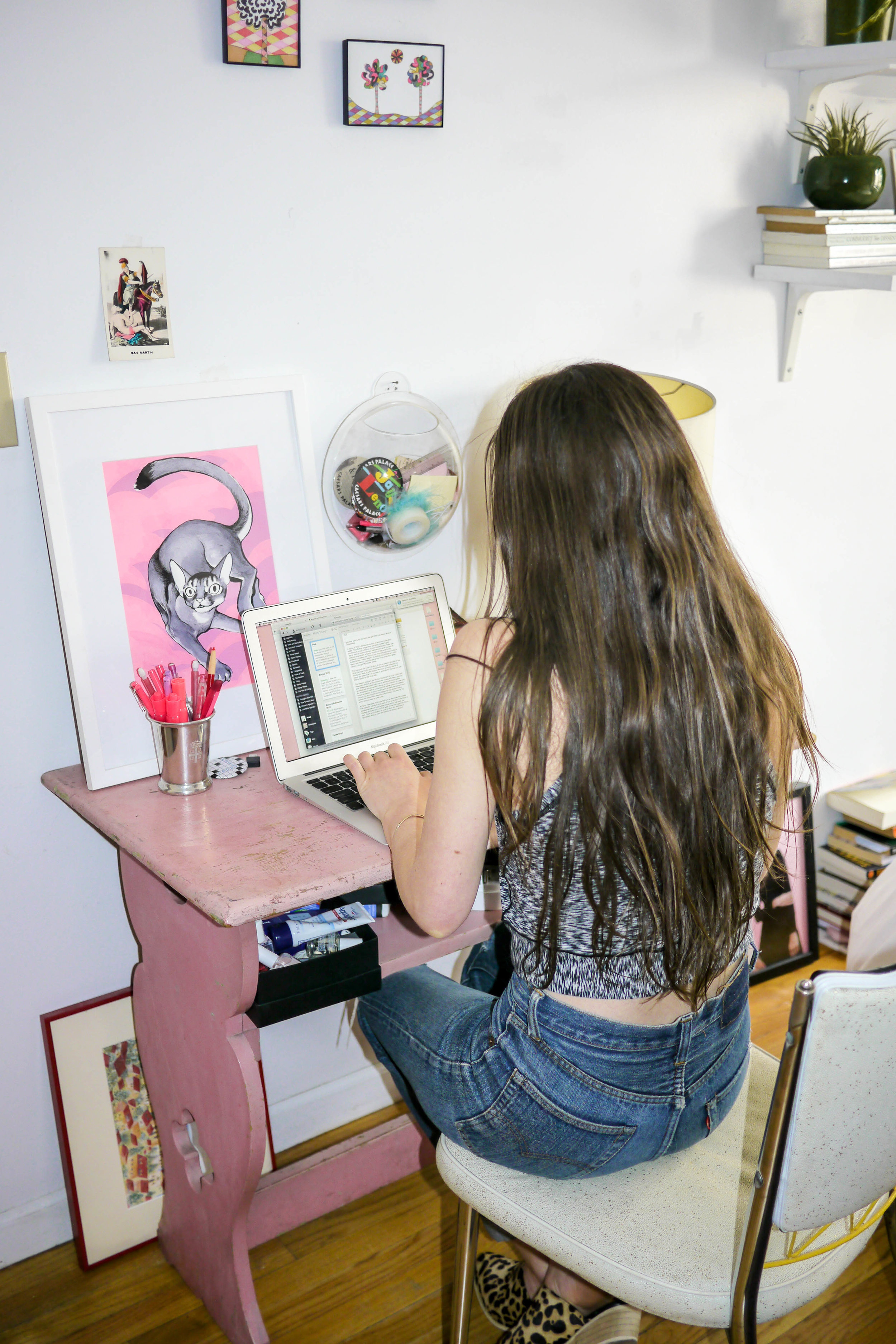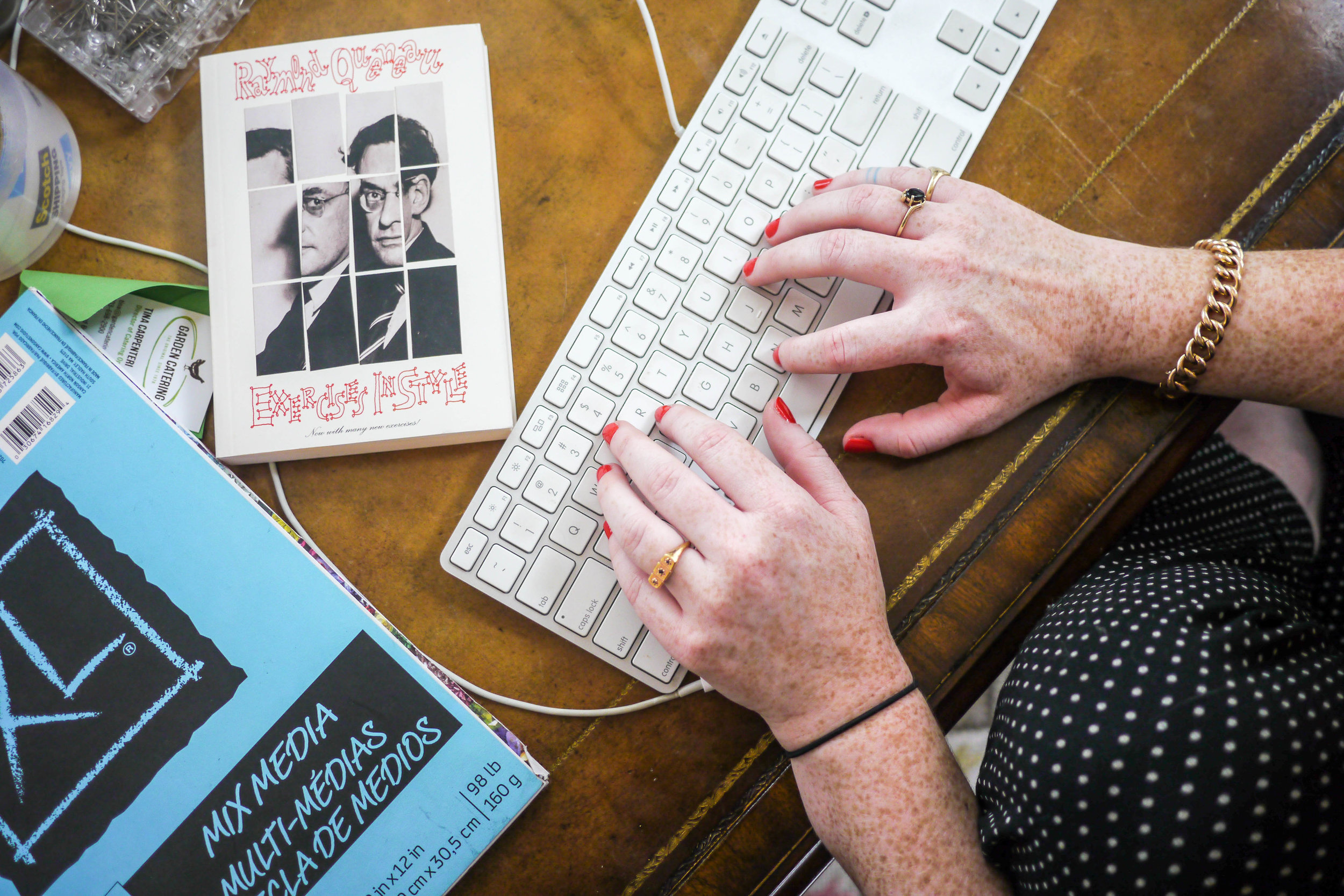Staying organized can sometimes feel like an unattainable peak, growing higher and higher as the chores, tasks and deadlines pile on.
At a time when Mario Kondo-ing everything from your closet to your finances has become a near cultural mania, it seems as if more and more of us are struggling to stay on top of our shit. The pressures of reaching peak productivity (or at least the outward semblance of it) are overwhelming in a culture increasingly obsessed with achievement at the expense of everything else. We asked passersby to share their authentic advice on maintaining that sought-after work/life balance and other tips on productivity and organization.
Pen & Paper
Despite the lure of digital management platforms, many passersby prefer keeping track of their tasks the old fashion way. Jill Lindsay’s one word productivity tip is “lists.” Georgie Greville agrees that “a good old fashioned list in a journal works the best” and recommends the 3-Minute Mourning Journal, “it seems corny at first, but it really keeps you on track.” For Rachel Nguyen, it’s “bullet Journal all the way!” (she has even made a video on the subject).
Jill Lindsay and Sandi Marx agree that there is “great pleasure in crossing stuff off” a to-do list. Lyndsey Butler also finds crossing off a to-do list “very satisfying,” especially when using “a fun colored pen (hot pink, turquoise etc).”
Dianna Cohen prefers to “organize a to-do list by a critical path approach: what do I need to do that would be a blocker for something else?” as it “helps with prioritization.” Mina Alyeshmerni likes to create “a big to-do list” and a separate “daily to-do list action plan.” For Ariel Roman, the benefit of using pen and paper is that it doesn’t have to be hyper-organized and just uses sketchbooks to “take notes, write ideas, and doodle.” She prefers to “write things down quickly to not lose them, and digitize them later” for organizational purposes.
The Digital Options
There are a plethora of digital tools out there which purport to help you boost organization and fluency in a variety of digital organization platforms is increasingly expected in the workplace. Here are some tried and true platforms for different productivity needs.
“I love Notion for personal and my business organization” says Puno Dostres. Notion is a platform which offers four tools in one (notes & docs, knowledge base, tasks & projects and spreadsheets & databases) to help you combat endless tab switching. Laura Lombardi recommends Monday for project management. Monday is an online platform built specifically for collaborative work. Monday also has a Slack integration, which can be a huge timesaver if slack is your offices go-to communication method. Trello is another collaborative organizational platform, recommended by Caitlin McMullen “for on-going to-do lists or projects with a lot of moving pieces.” Jill Lindsay prefers using Dropbox Paper for work because “you can assign duties and timing and save it all in 1 place.” For budgeting and finance, Hallie Gould recommends Splitwise, a tool built to make splitting expenses and bills with a roommate or partner less of a pain in the ass. Tricount is another great option for organizing expenses, particularly among a bigger group and for amounts that need to be unevenly divided (life-saving on a girls trip).
It also important not to underestimate the importance of keeping a clean inbox and organizing your digital files (“inbox labels are your friends!” - Ariel Roman). A messy desktop or inbox can quickly make it frustrating to locate a much needed document or file. Lyndsey Butler makes sure to set aside time to respond to emails to keep them from piling up.
It’s All In The Timing
It’s important to be realistic about timing to ensure that a to-do list doesn’t reach an impossible length. “Especially in a time crunch” it can be a lifesaver to “plan out our day the night before” says Beata Kanter. Dianna Cohen’s strategy is to organize her day into 30-minute blocks. If that level of planning feels overwhelming, try just “giving each task an allotted amount of time and then set a timer to help yourself stick to it” says Lindsey Butler.
Words by Mathilde Hjertholm Nielsen






